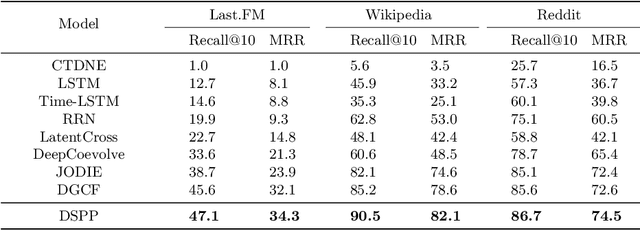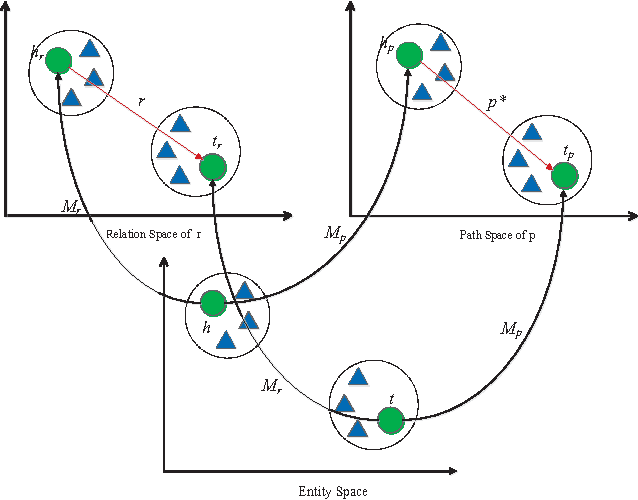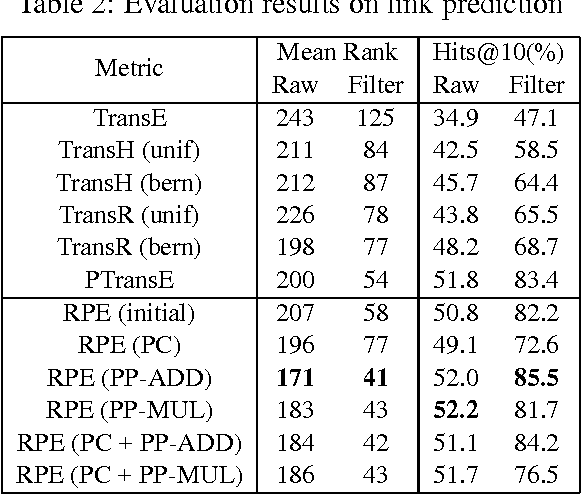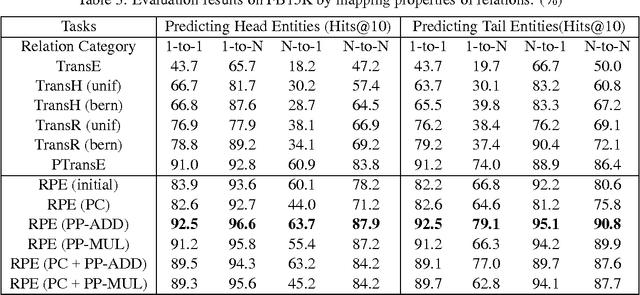Xixun Lin
Deep Structural Point Process for Learning Temporal Interaction Networks
Jul 08, 2021



Abstract:This work investigates the problem of learning temporal interaction networks. A temporal interaction network consists of a series of chronological interactions between users and items. Previous methods tackle this problem by using different variants of recurrent neural networks to model sequential interactions, which fail to consider the structural information of temporal interaction networks and inevitably lead to sub-optimal results. To this end, we propose a novel Deep Structural Point Process termed as DSPP for learning temporal interaction networks. DSPP simultaneously incorporates the topological structure and long-range dependency structure into our intensity function to enhance model expressiveness. To be specific, by using the topological structure as a strong prior, we first design a topological fusion encoder to obtain node embeddings. An attentive shift encoder is then developed to learn the long-range dependency structure between users and items in continuous time. The proposed two modules enable our model to capture the user-item correlation and dynamic influence in temporal interaction networks. DSPP is evaluated on three real-world datasets for both tasks of item prediction and time prediction. Extensive experiments demonstrate that our model achieves consistent and significant improvements over state-of-the-art baselines.
Task-adaptive Neural Process for User Cold-Start Recommendation
Feb 26, 2021



Abstract:User cold-start recommendation is a long-standing challenge for recommender systems due to the fact that only a few interactions of cold-start users can be exploited. Recent studies seek to address this challenge from the perspective of meta learning, and most of them follow a manner of parameter initialization, where the model parameters can be learned by a few steps of gradient updates. While these gradient-based meta-learning models achieve promising performances to some extent, a fundamental problem of them is how to adapt the global knowledge learned from previous tasks for the recommendations of cold-start users more effectively. In this paper, we develop a novel meta-learning recommender called task-adaptive neural process (TaNP). TaNP is a new member of the neural process family, where making recommendations for each user is associated with a corresponding stochastic process. TaNP directly maps the observed interactions of each user to a predictive distribution, sidestepping some training issues in gradient-based meta-learning models. More importantly, to balance the trade-off between model capacity and adaptation reliability, we introduce a novel task-adaptive mechanism. It enables our model to learn the relevance of different tasks and customize the global knowledge to the task-related decoder parameters for estimating user preferences. We validate TaNP on multiple benchmark datasets in different experimental settings. Empirical results demonstrate that TaNP yields consistent improvements over several state-of-the-art meta-learning recommenders.
Bipartite Graph Embedding via Mutual Information Maximization
Dec 10, 2020



Abstract:Bipartite graph embedding has recently attracted much attention due to the fact that bipartite graphs are widely used in various application domains. Most previous methods, which adopt random walk-based or reconstruction-based objectives, are typically effective to learn local graph structures. However, the global properties of bipartite graph, including community structures of homogeneous nodes and long-range dependencies of heterogeneous nodes, are not well preserved. In this paper, we propose a bipartite graph embedding called BiGI to capture such global properties by introducing a novel local-global infomax objective. Specifically, BiGI first generates a global representation which is composed of two prototype representations. BiGI then encodes sampled edges as local representations via the proposed subgraph-level attention mechanism. Through maximizing the mutual information between local and global representations, BiGI enables nodes in bipartite graph to be globally relevant. Our model is evaluated on various benchmark datasets for the tasks of top-K recommendation and link prediction. Extensive experiments demonstrate that BiGI achieves consistent and significant improvements over state-of-the-art baselines. Detailed analyses verify the high effectiveness of modeling the global properties of bipartite graph.
Compositional Learning of Relation Path Embedding for Knowledge Base Completion
Feb 24, 2017



Abstract:Large-scale knowledge bases have currently reached impressive sizes; however, these knowledge bases are still far from complete. In addition, most of the existing methods for knowledge base completion only consider the direct links between entities, ignoring the vital impact of the consistent semantics of relation paths. In this paper, we study the problem of how to better embed entities and relations of knowledge bases into different low-dimensional spaces by taking full advantage of the additional semantics of relation paths, and we propose a compositional learning model of relation path embedding (RPE). Specifically, with the corresponding relation and path projections, RPE can simultaneously embed each entity into two types of latent spaces. It is also proposed that type constraints could be extended from traditional relation-specific constraints to the new proposed path-specific constraints. The results of experiments show that the proposed model achieves significant and consistent improvements compared with the state-of-the-art algorithms.
 Add to Chrome
Add to Chrome Add to Firefox
Add to Firefox Add to Edge
Add to Edge